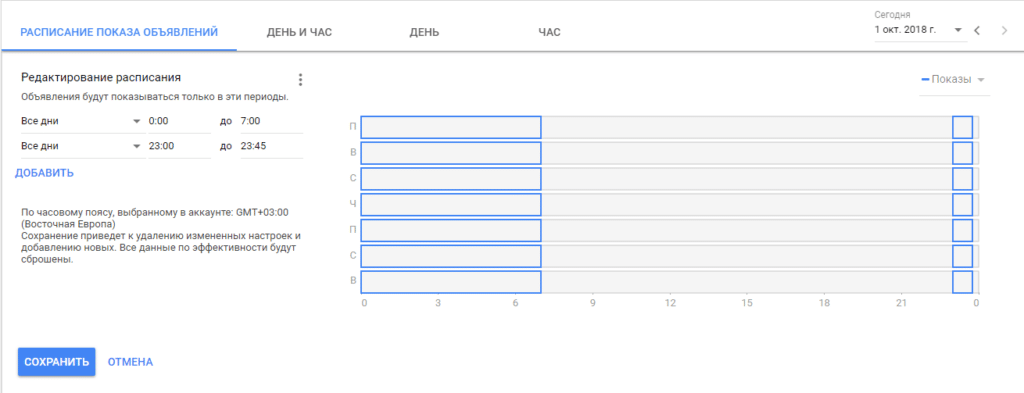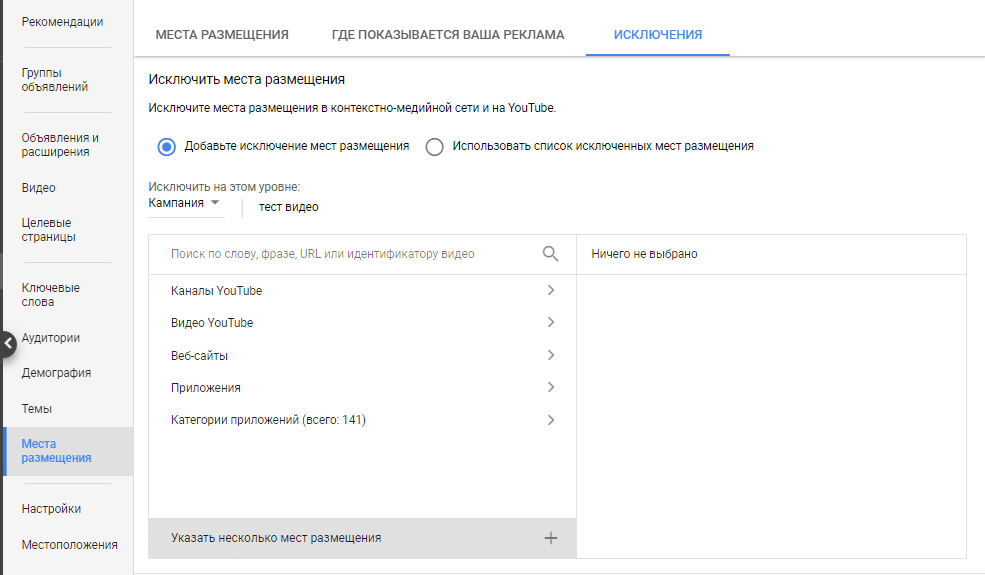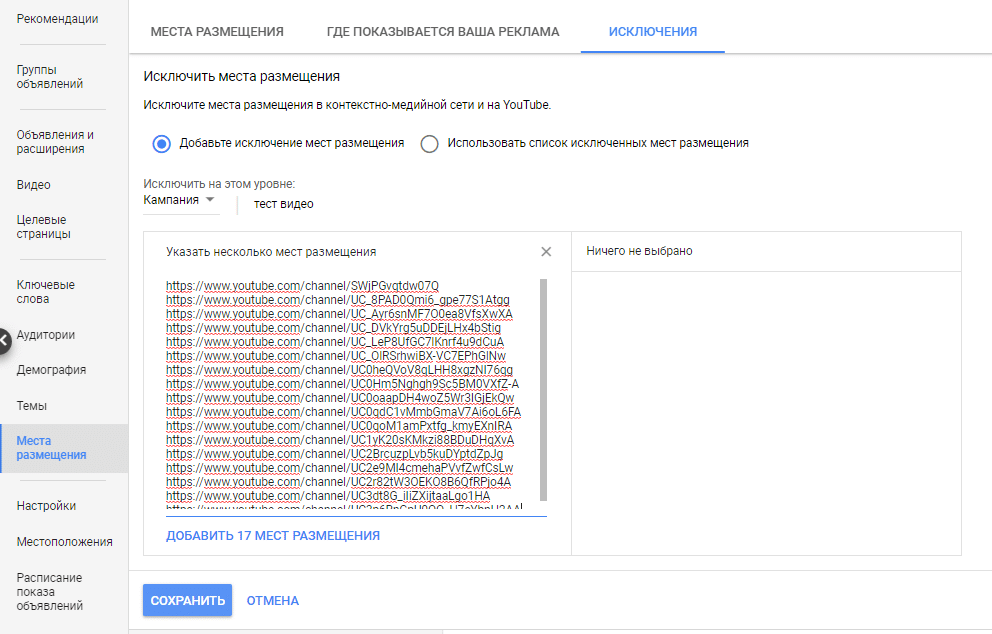Kid-Free Zone: How to Filter Out Children from Your YouTube Video Ads

Pay-per-click (PPC) advertising unlocks a multitude of opportunities for marketers aiming to pierce through to their ideal audience, align with their interests, and convert them into profitable customers or clients.
As they craft YouTube video advertisements, these marketers strive for an exceptional video that boasts stunning visuals, crystal-clear audio, and distinctive selling propositions that are irresistible. Once the final video gets the green light from the management, passes focus group testing, and is uploaded to Google Ads, it’s then transmitted on various channels where the potential audience is anticipated to frequent. However, envision a scenario where a significant fraction of these views comes from a young demographic.
Drawing from our extensive experience, we’ve observed that, on average, approximately 20-40% of advertising impressions inadvertently end up capturing the attention of children who watch animations using their parents’ accounts and typically don’t skip ads. In light thereof, it becomes apparent that for every thousand units of an ad budget, roughly 300 units are effectively squandered.
This naturally leads to the question, how can we prevent ads from being displayed to children? Eliminating these types of views assists in boosting conversion rates while allowing for a more efficient allocation of the ad budget.
Children and Advertising
Upon initial observation, it may seem like the most logical strategy to complete every box under the “Demographics” category. Nonetheless, this straightforward approach can quickly lose its appeal when you consider the significant number of guardians who allow their offspring to watch animations on their gadgets and under their credentials. Additionally, there is an option to stipulate the family condition as “child-free” within the settings panel, but this could also contribute to a considerable decline in specialized viewership.

What’s the risk of leaving this type of traffic?
Making use of the TrueView In-Stream format, where costs are incurred post a 30-second watch time, can potentially lead to draining your budget on unintended views, especially children. It is common for children to patiently sit through commercials before their cartoons begin, often considering these ads as part of the cartoon itself. This is why even bumper ads, which charge per 1,000 impressions, can end up depleting your resources.
Certain marketers resort to an extreme measure of broadcasting their ads exclusively during night-time hours. However, such a strategy might risk losing out on a substantial portion of potential clients.

Options on Google Ads that reduce child traffic
Consistently, Google is enhancing its toolkit to target the audience more precisely. Here’s your blueprint to reduce child viewership effectively:
Adding Negative Keywords
‘Animated films’, ‘animations’, and ‘Peppa Pig’ are a few detrimental keywords worth monitoring.

Realize that it is crucial to accept that only standalone words (instead of unfavorable phrases) are accepted. Hence, it makes sense to scrutinize the relevance of singular words like “Mr” or “Max” on their own. To determine detrimental keywords, it’s recommendable to explore the most popular animations and videos designed for kids.

It is vital to remember that harmful keywords should encompass search phrases aimed at videos. They may not always appear in the title but are entered by the channel owner in a distinct keyword section. Thus, apart from just names, words like “youngsters”, “educational”, “juvenile”, and so on, can also join the detrimental keyword list.

Don’t be surprised if your advert occasionally surfaces on a portion of the video featuring the outlined detrimental keywords. This is customary for recently posted videos that haven’t been indexed in the title yet.
2. Excluding Placements
A comprehensive approach would be to incorporate whole channels that cater to children into the list of exemptions for ad placement.

In order to successfully implement this strategy, you would need a collection of hyperlinks to these channels. It’s possible to find premade databases on the internet. Alternatively, you could compile one on your own by regularly checking websites that rank children’s channels. It’s also feasible to create one by utilizing scripts and Google APIs.


3. Taking out certain Topics
This platform allows you to remove the subcategory “cartoon” from the main category “arts and entertainment”. Nevertheless, keep in mind that by doing so, you may potentially lose a segment of the mature audience who enjoy shows such as South Park or Futurama.

4. Analyzing results and adding other exceptions
When running a campaign for multiple days, it’s essential, if not mandatory, to open the location report, identify the channels generating undesired traffic, and exclude them from the campaign.
The selection of one or multiple methods hinges on the unique features of the ad campaign. Our predominant choices are negative keywords and channel exclusion. However, it’s essential to not overlook analytics, which offer an unbiased evaluation of whether our approach is effective or not.
Contact Me


